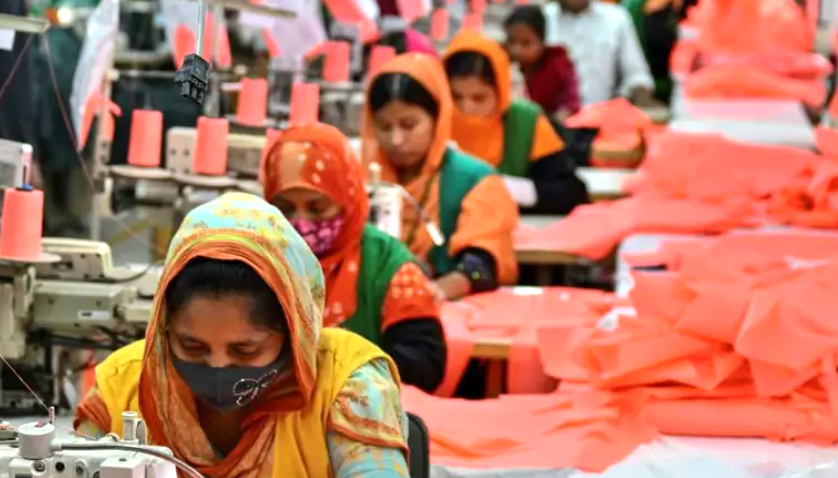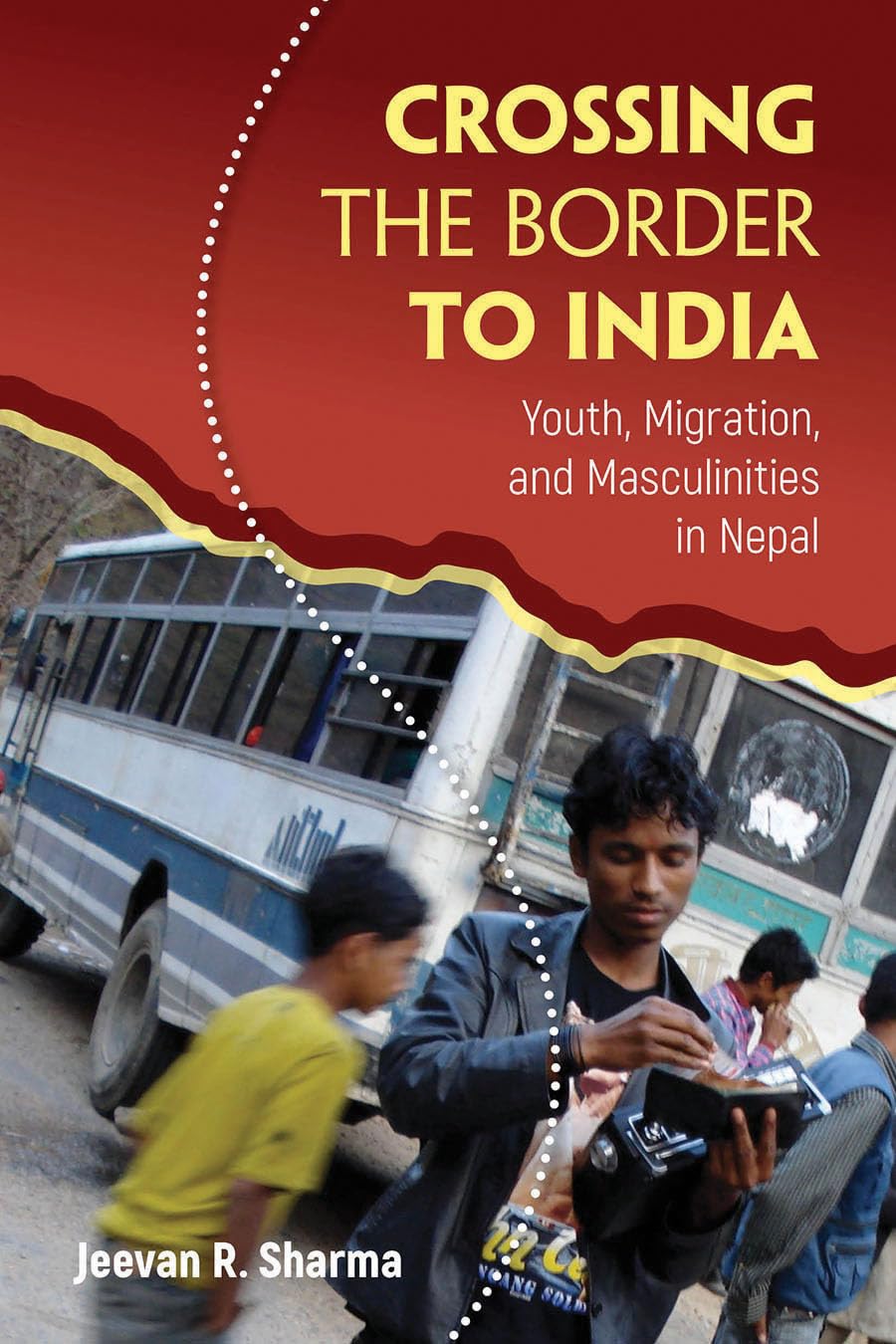Air Pollution Emerges as Leading Risk Factor for Death in South Asia, Says New Report

New Delhi, 18 July 2024 – Air pollution has become the leading risk factor for death in South Asia, according to the recently published State of Global Air (SoGA) report for 2024. The report highlights that air pollution not only poses a severe threat to the general population but is also the second leading risk factor for deaths in children under five years old in the region.
The report reveals alarming statistics: in 2021, air pollution accounted for 8.1 million deaths globally, with more than 700,000 of these deaths among children under five. This makes air pollution the second most significant risk factor for death globally, surpassing even tobacco and poor diet. In South Asia, levels of PM2.5 and ozone have been particularly high, with 56% of all global ozone deaths reported in the region in 2021.
Impact on South Asia
The report underscores that South Asia experiences some of the highest exposures to PM2.5 globally. While levels of PM2.5 are stabilizing in many countries, the exposure remains dangerously high. Additionally, ozone levels have increased over the past decade, exacerbating health risks. In 2021, India recorded the highest number of deaths in children under five, with air pollution being a significant contributor.
Children’s Vulnerability
Children under five are especially vulnerable to the detrimental effects of air pollution. The report links air pollution to serious health issues in children, such as premature birth, low birth weight, asthma, and lung diseases. In 2021, exposure to air pollution contributed to over 260,600 deaths of children under five globally, making it the second-leading risk factor for death in this age group in South Asia, after malnutrition.
The impact of household air pollution, primarily from cooking with polluting fuels like wood, coal, and dung, is particularly severe. This type of pollution was responsible for approximately 500,000 child deaths globally in 2021.
Pollutants of Concern
The SoGA report highlights several pollutants that significantly impact health, including PM2.5, ozone (O3), and nitrogen dioxide (NO2). PM2.5, consisting of tiny particles that can enter the bloodstream, is associated with various noncommunicable diseases such as heart disease, stroke, diabetes, lung cancer, and chronic obstructive pulmonary disease (COPD). The report identifies PM2.5 as the most consistent predictor of poor health outcomes globally.
Nitrogen dioxide, primarily from traffic exhaust, poses severe health risks, particularly in densely populated urban areas. The development of childhood asthma is strongly linked to NO2 exposure.
Ozone levels have also risen, with deaths due to ozone exposure in India increasing from 93,000 in 2000 to 272,000 in 2021. Nearly half of the total ozone-related deaths occurred in India.
Children’s Health Impact
The report emphasizes that children are uniquely vulnerable to air pollution. The adverse effects of pollution can begin in the womb and have lifelong consequences. Children inhale more air per kilogram of body weight compared to adults, making them more susceptible to pollutants. Conditions such as pneumonia, which accounts for one in five child deaths globally, and asthma, the most common chronic respiratory disease in older children, are linked to air pollution exposure.
The disparity in death rates due to air pollution among children under five is stark. South Asia’s death rate is 164 per 100,000 children, significantly higher than the global average of 108 per 100,000.
Positive Developments
Despite the grim statistics, there are signs of progress. Since 2000, the death rate for children under five linked to air pollution has decreased by 53%. This reduction is attributed to efforts to increase access to clean cooking energy, improve healthcare and nutrition, and raise awareness about the dangers of household air pollution.
Countries with severe air pollution issues are making strides in addressing the problem. Measures such as installing air pollution monitoring networks, implementing stricter policies, and promoting electric vehicles are showing measurable improvements in public health and air quality in regions including Africa, Latin America, and Asia.
While progress is being made, the SoGA report calls for intensified efforts to prevent air pollution from becoming the leading cause of death worldwide, emphasizing the need for continued and expanded initiatives to combat this critical health hazard.


















Facebook Comments